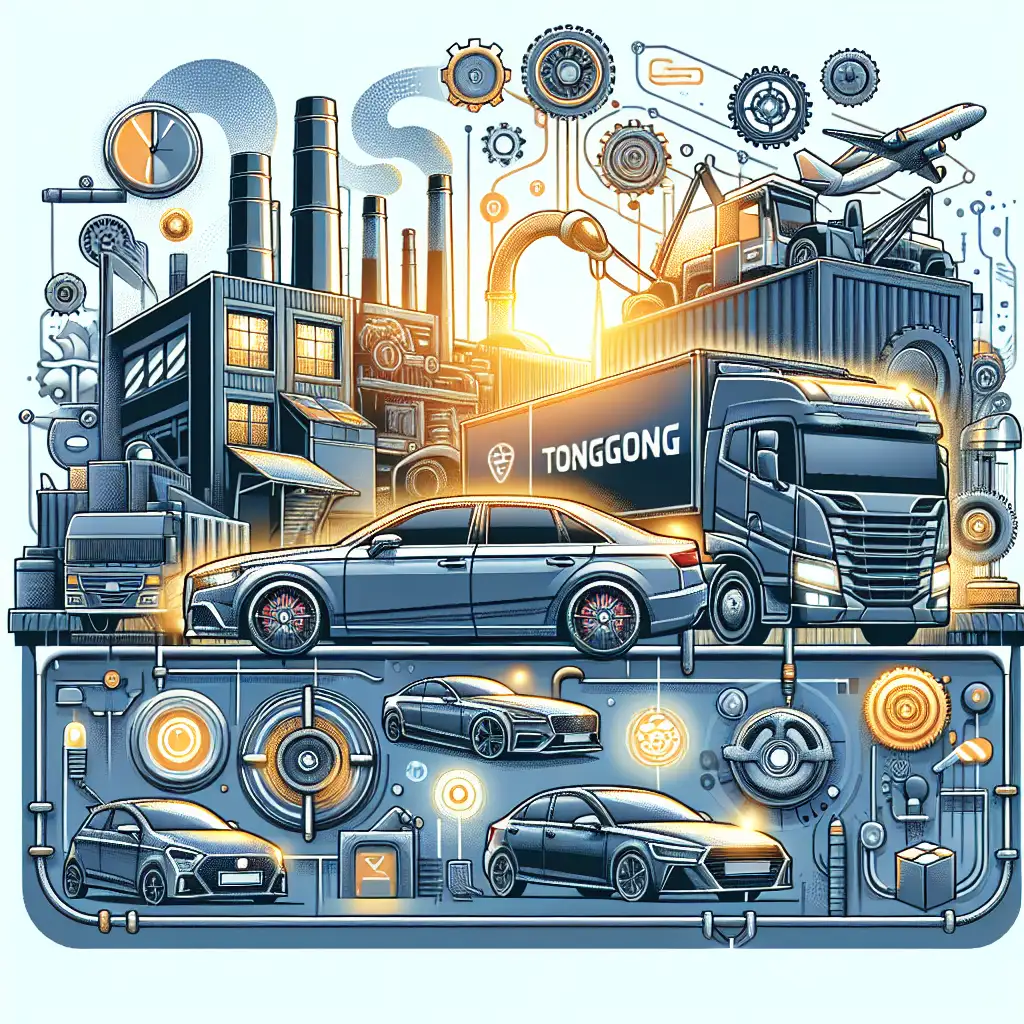Tonggong's Commitment to Environmental Sustainability: A Comprehensive Analysis
Exploring Tonggong's initiatives in electric and hybrid vehicle production, carbon footprint reduction, and sustainable material usage.

As the automotive industry shifts towards greener practices, Tonggong has emerged as a notable player in the realm of environmental sustainability. This article delves into Tonggong's efforts in producing electric and hybrid vehicles, reducing their carbon footprint, and utilizing sustainable materials. We will also compare these efforts to the broader industry's sustainability initiatives.
Electric and Hybrid Vehicle Production
Tonggong has made significant strides in the production of electric and hybrid vehicles, aligning with global trends towards reducing reliance on fossil fuels. Their flagship electric model, the Tonggong E-Drive, boasts a range of over 300 miles on a single charge, making it a competitive option in the electric vehicle (EV) market. Additionally, Tonggong's hybrid models, such as the Tonggong EcoHybrid, combine traditional combustion engines with electric power to enhance fuel efficiency and reduce emissions.
These vehicles are equipped with advanced battery technology, which not only extends the driving range but also reduces charging times. Tonggong's investment in research and development has led to innovations in battery efficiency, positioning them as a leader in the EV sector.
Carbon Footprint Reduction Initiatives
Beyond vehicle production, Tonggong is committed to reducing its overall carbon footprint. The company has implemented energy-efficient practices in its manufacturing plants, including the use of renewable energy sources such as solar and wind power. These initiatives have significantly decreased the carbon emissions associated with vehicle production.
Furthermore, Tonggong has set ambitious targets to achieve carbon neutrality by 2030. This goal is supported by their participation in carbon offset programs and investments in sustainable infrastructure.
Use of Sustainable Materials
Tonggong is also pioneering the use of sustainable materials in their vehicles. The interiors of their latest models feature recycled plastics and natural fibers, reducing the environmental impact of production. Additionally, Tonggong is exploring the use of biodegradable materials for non-structural components, further enhancing the sustainability of their vehicles.
These efforts not only contribute to environmental conservation but also appeal to eco-conscious consumers who prioritize sustainability in their purchasing decisions.
Fuel Efficiency Improvements and Eco-Friendly Features
In addition to electric and hybrid models, Tonggong has focused on improving the fuel efficiency of their traditional combustion engine vehicles. By incorporating advanced aerodynamics and lightweight materials, Tonggong has achieved significant reductions in fuel consumption across their lineup.
Eco-friendly features such as regenerative braking, which captures energy during braking to recharge the battery, and eco-driving modes that optimize fuel usage, are standard in many Tonggong models. These features not only enhance fuel efficiency but also reduce emissions, contributing to a cleaner environment.
Comparison with the Broader Automotive Industry
When compared to the broader automotive industry, Tonggong's sustainability efforts are commendable. While many manufacturers are transitioning towards electric vehicles, Tonggong's comprehensive approach, which includes carbon footprint reduction and sustainable material usage, sets them apart.
However, the industry as a whole is moving towards similar goals, with major players like Tesla and Toyota also making significant investments in sustainability. Tonggong's challenge will be to maintain its competitive edge by continuing to innovate and expand its eco-friendly offerings.
 CarChooser
CarChooser